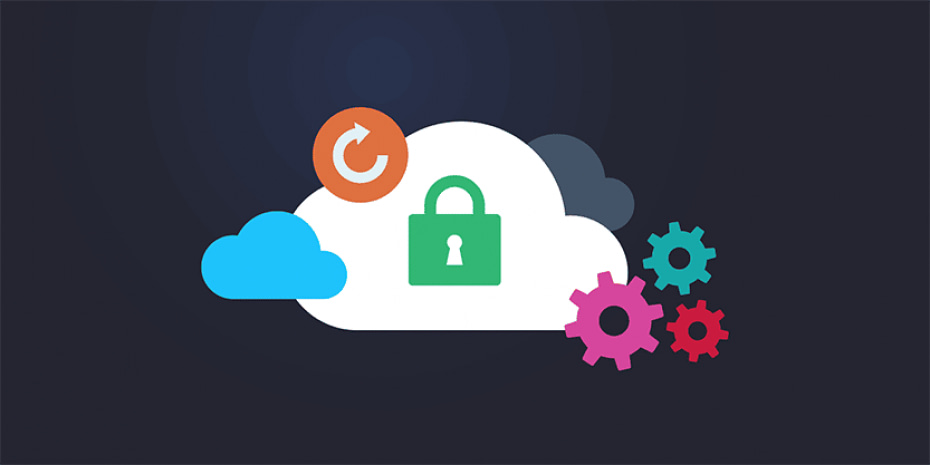There are a variety of backup solutions out there that satisfy different use cases. We’ll break down the differences between two of the primary types of backup – file & folder backup and image backup – and share examples of situations where each can work best.
First, let’s get the quick high-level definitions out of the way.
What is file and folder backup?
File and folder backup is designed to do exactly what the name implies — protect critical business data from accidental deletion, corruption, or loss. The backup files generated directly or indirectly by the user, rather than system-generated files, executables, or similar. Because of the focused scope of these tools, they often backup files faster, restore files faster and utilize less storage.
What is image backup?
Image backups take a snapshot of an entire system at a point in time – the OS, application data, system settings, patches, and files. This provides MSPs and IT teams with the ability to restore the system and its data in the event of a necessary rebuild or restore to another machine (physical or virtual) in case of a disaster.
The major benefit to image backup is that it’s comprehensive and takes away the guesswork of determining which files and folders should be backed up/recovered and which shouldn’t.
It also removes the risk of having to re-install and reconfigure systems in the case of major malware infections or other disasters. Because of the nature of this style of this tool, full image backup and recovery can take longer than file and folder backups, can utilize more bandwidth, and will take more storage space.
When does file and folder backup make sense?
MSPs and IT departments should have both file and image backup solutions in their stack, but there are specific scenarios where each have clear advantages. For file backups, those scenarios include:
- Most workstations and laptops
- Any devices used by remote workers
- End users with critical files and frequent restoration requests
Most small business end users often don’t require complex endpoint configurations or deep device customizations to do their jobs. Most supported workstations are configured with a few business or productivity apps, some configuration changes to improve security, and possibly a few settings to improve productivity – all things that can be easily redeployed via an endpoint management solution in case of an emergency.
Often, their files are the primary items of value on their devices. Protecting these files and having them available to restore quickly are key to ensuring users don’t miss a beat if they lose something of value.
For these scenarios, file backup is the ideal solution for multiple reasons, including restore speed, mobility, and storage costs.
When does image backup make sense?
Now that we’ve discussed the scenarios where file and folder backups make the most sense, let’s review where image backup makes sense for MSPs and IT departments. For image backups, those scenarios include:
- Servers
- Complex, highly-configured systems
- When the cost of downtime exceeds the cost of storage to a client’s business
- As a fail-safe option for workstations
Image backup is designed to minimize downtime in case of a disaster for complex and business-critical systems such as servers. While many image backup products can also do file and folder lever-restores, one main benefit is to conduct full server backups and enable full bare-metal restores.
Image backups also enable MSPs and IT teams to very quickly virtualize a server until a new physical server can be set up, minimizing the impact of an outage on theirs or their client’s business. As such, it is the preferred backup method for essentially any scenario where procuring and configuring a new system would take more time than an image restore.
Executives, for example, may insist on having their device set back up exactly how they had it after a disaster or accidental loss. Image backups would help satisfy that need, while protecting any critical business data. Additionally, image backups ideally work for scenarios where the increased cost of storage is justified by the even larger potential cost of downtime.
NinjaOne Backup delivers file and folder + enhanced image backup functionality
NinjaOne Backup provides seamless protection for critical data, regardless of its location or origin, with flexible solutions and simplified deployment designed to meet your data protection, compliance, and recovery objectives with ease.
With our commitment to innovation driving product enhancements, NinjaOne has file and folder functionality, along with a scalable, advanced image backup solution. Our image backup engine helps revolutionize all levels of your backup strategy with enhanced flexibility and efficiency of image backups.
Reduce storage space with intelligent deduplication, improve backup speeds with chainless backups, and enhance your – or your clients’ – data protection with immutable backups. With our image backup engine, you can lean more towards image backups as a fail-safe method for your workstations, without the fear of bloated storage costs and painfully slow backup and restore times.
Bottom line
Many MSPs and IT departments utilize reliable file and folder solutions to handle most scenarios, however, having an effective image backup solution as the backbone of their data protection offering is key to ensuring their business-critical data is protected and easily recoverable.
Check out how NinjaOne Backup can secure your most important data regardless of location or platform. While you’re there, take a look at how our image backup solution can empower your IT team to revolutionize all levels of your backup strategy.








